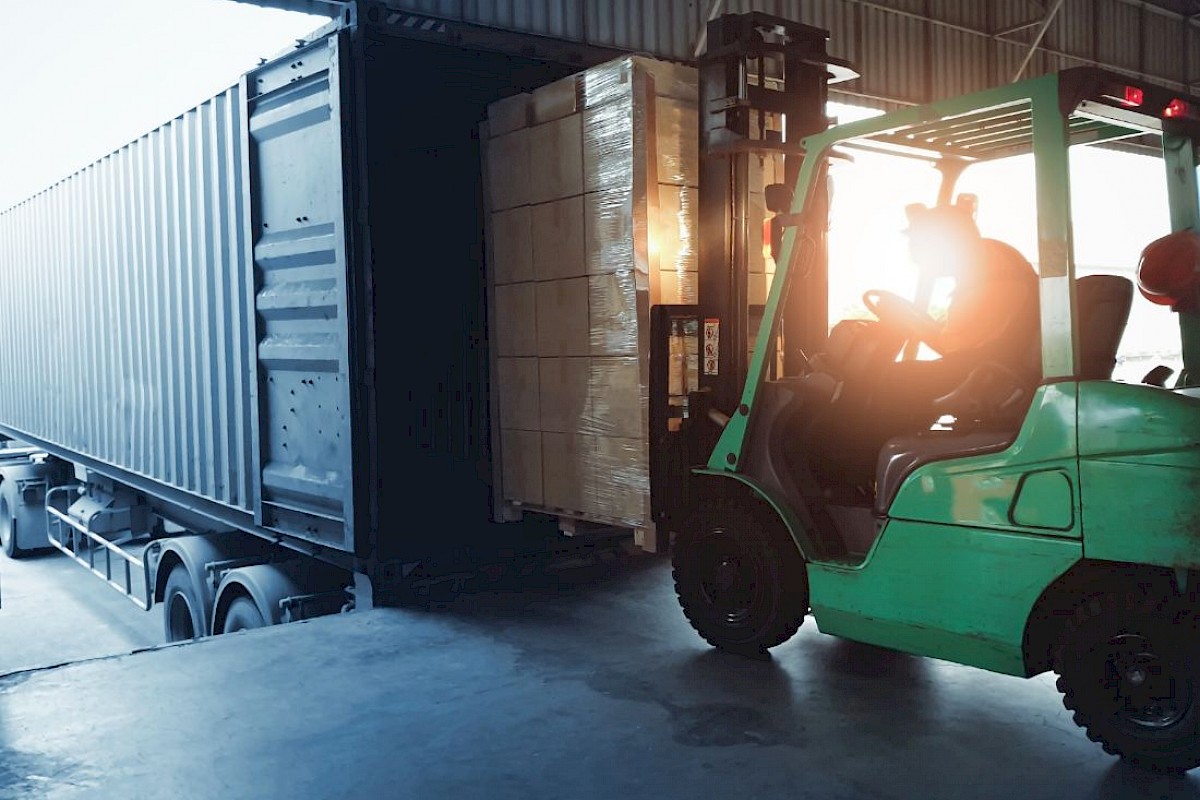Resources > Challenges of LTL Shipping
5 Major Challenges of LTL Shipping (and How to Overcome Them)

LTL Shipping | Truck at cross dock facility being loaded
Is LTL Shipping Right for Your Fleet?
Less-Than-Truckload (LTL) shipping has become a popular strategy for companies that don’t need full truckloads to move their goods. For businesses shipping smaller loads, LTL offers a more cost-effective and flexible alternative to full truckload (FTL) shipping.
The benefits are clear reduced transportation costs, shared freight space, and flexible scheduling. That’s why the global LTL market is booming, with an estimated value of $229.6 billion in 2024, projected to grow to $342 billion by 2030.
But while LTL shipping may save money and reduce waste, it also comes with unique challenges that can impact efficiency, customer satisfaction, and your bottom line.
In this blog, we’ll break down the top 5 challenges of LTL shipping and how to overcome them with the right tools and planning.
1. Accurate Shipping Data
Providing precise freight details—especially the weight and dimensions of your shipments—is absolutely essential for successful LTL operations.
Why it matters:
- Incorrect weight or size can disrupt load planning.
- Misinformation may lead to extra fees, delays, or shipment rejection.
- Poor data affects the balance and safety of the truck.
Solution:
Use digital freight management tools that verify dimensions and weight before pickup. Barcode scanning and mobile apps can help ensure accuracy at every touchpoint.
2. Accurate Pricing and Quotes
Pricing LTL shipments is not as simple as calculating a per-mile rate. LTL costs depend on freight class, weight, distance, dimensions, and more. For many trucking companies, this makes quoting freight time-consuming and error-prone.
Why it matters:
- Inaccurate quotes can lead to disputes or overruns.
- Misquotes damage your customer trust and profit margins.
Solution:
Integrate an automated rating engine that accounts for all pricing variables, including current fuel surcharges and accessorial fees. Transparent pricing builds trust and keeps budgets in check.
3. Hidden Fees
One of the most frustrating aspects of LTL shipping is the presence of unexpected charges. These hidden fees can appear late in the billing cycle and throw off cost estimates.
Common hidden fees include:
- Liftgate usage
- Residential or inside delivery
- Appointment scheduling
- Late or redelivery charges
- Damage claims
- Accessorial charges
Solution:
Make hidden fees visible up front by educating customers and using digital rate calculators that include accessorial charges. Knowing what to expect helps prevent surprises and disputes.
4. Shipment Tracking
Unlike FTL, where the shipment stays on one truck from origin to destination, LTL shipments often involve multiple stops, terminals, and transfers. This makes real-time tracking a challenge—and when customers can’t see where their shipment is, it erodes confidence.
Why it matters:
- Poor visibility causes missed delivery windows.
- Lack of tracking leads to frustrated customers.
- Operational delays become harder to resolve without real-time data.
Solution:
Use LTL-specific tracking systems that provide real-time updates and status changes across hubs. Mobile notifications, GPS integration, and digital proof-of-delivery features help improve visibility for both dispatchers and customers.
5. Inaccurate Invoices
Billing errors are more common in LTL shipping than you might think. Studies estimate that 15% to 65% of freight invoices contain errors—often due to discrepancies in shipment data, rate calculations, or accessorial charges.
Why it matters:
- Inaccurate invoices delay payments.
- They can trigger billing disputes with customers or carriers.
- Financial planning becomes unreliable.
Solution:
Leverage automated billing and auditing software that checks invoices against shipping data, quoted rates, and actual delivery conditions. The more you automate, the less room there is for human error.
Optimize LTL Shipping with Better Tools and Planning
LTL shipping isn’t going away—in fact, it’s only growing. The key to making it work for your trucking company lies in data accuracy, process automation, and proactive communication.
By addressing these five core challenges, you can:
Boost your delivery performance
Improve customer satisfaction
Prevent costly billing errors
And ultimately increase profitability
Final Thoughts
LTL shipping offers a great opportunity for businesses to ship more efficiently and affordably. But it’s not without its complications. For trucking companies that want to stay competitive in the growing LTL market, technology and planning will be your best allies.
If your team is still using spreadsheets, email chains, or manual tracking methods, now’s the time to upgrade. Invest in digital tools that support accurate quoting, automated billing, and real-time tracking to streamline your LTL operations.
Need help optimizing your LTL strategy?
Our team can help you find the right digital tools to streamline shipping, reduce errors, and boost margins. Contact us here or book a free consultation today.
